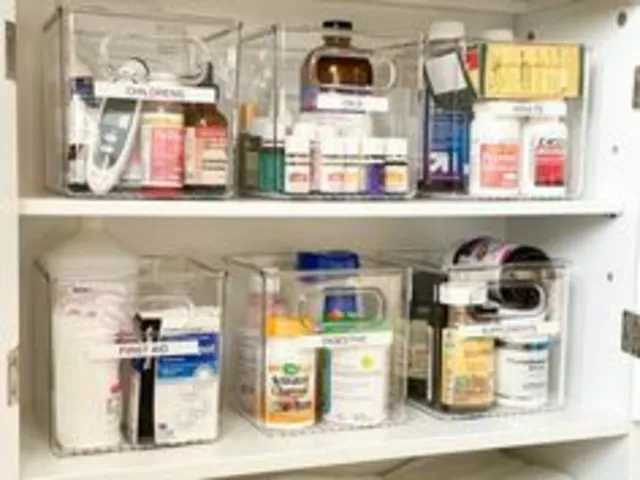Trimethoprim-sulfamethoxazole: Practical Guide
Trimethoprim-sulfamethoxazole is a common antibiotic combo used for many infections. It pairs two drugs that block different steps in bacterial folic acid production, making them tougher to resist. You may know it as TMP-SMX, co-trimoxazole, or by brand names like Bactrim and Septra. Doctors often pick it for urinary tract infections, certain skin infections, some respiratory infections, and specific opportunistic infections in immune-compromised patients.
When and How to Take It
Take it only when prescribed. Wrong use fuels resistance and can harm you. Typical adult dosing varies by infection but often equals one double-strength tablet (160 mg trimethoprim / 800 mg sulfamethoxazole) twice daily for several days. For uncomplicated UTIs many clinicians use three days, while longer courses suit more serious infections. Kids get weight-based doses. Always follow your prescriber's instructions and finish the full course unless told otherwise.
Side Effects, Interactions, and Safety
Watch for common side effects: nausea, loss of appetite, and mild skin rash. More serious reactions happen but are rare—severe allergic reactions, blood disorders, or liver problems. If you notice high fever, widespread rash, yellowing skin, or unusual bleeding, seek medical help right away. People with known sulfa allergy should not take it. Also tell your doctor if you are pregnant, breastfeeding, or have kidney or liver disease.
This antibiotic interacts with other medicines. It can raise levels of warfarin, increasing bleeding risk. It may affect some diabetes drugs and anti-seizure medications. Your prescriber should review your full medicine list to avoid dangerous interactions. Avoid excessive sun exposure while taking TMP-SMX—photosensitivity can make sunburn worse.
If you buy antibiotics online, choose licensed pharmacies that require a prescription. Many unsafe sites sell counterfeit or substandard meds. Look for clear contact info, verified seals, and patient reviews. When traveling, pack enough medication plus a copy of your prescription and storage advice.
For specific infections, trimethoprim-sulfamethoxazole has proven uses. It treats uncomplicated UTIs, certain cases of bronchitis, skin infections like folliculitis when caused by susceptible bacteria, and Pneumocystis jirovecii pneumonia prevention in high-risk patients. However, resistance patterns vary by region. Local antibiograms guide physicians in deciding whether TMP-SMX is appropriate in a given community.
Pregnancy and breastfeeding need special attention. TMP-SMX is generally avoided in the first trimester and late pregnancy due to potential risks. Your provider will weigh benefits and risks and may suggest safe alternatives when necessary.
If you experience side effects or suspect treatment failure—worsening symptoms, high fever, or return of infection—contact your doctor. Do not double doses to make up for a missed pill.
Renal function matters: doctors often adjust doses if your kidneys are weak, and blood tests may be needed for long courses. If you have HIV or take medicines that suppress the immune system, TMP-SMX may be used both to treat and to prevent certain infections. Keep a list of antibiotics you've had before and any side effects to help future prescribing. Never share antibiotics with others. Always.

Best Alternatives for Amoxicillin in Urinary Tract Infections: Nitrofurantoin, Fosfomycin, and TMP-SMX Explained
Stuck with a urinary tract infection and amoxicillin just isn’t cutting it, or can’t be used? This deep dive unpacks the top three alternatives—nitrofurantoin, fosfomycin, and trimethoprim-sulfamethoxazole. Discover how each works, when they shine, and what real patients should keep in mind. Get helpful advice, fascinating facts, and compare these options side by side, so you can make sense of your next move if your doctor suggests something different from the classic amoxicillin.
Categories
- Medications (50)
- Health and Medicine (47)
- Health and Wellness (34)
- Online Pharmacy Guides (15)
- Nutrition and Supplements (7)
- Parenting and Family (3)
- Environment and Conservation (2)
- healthcare (2)
- prescription savings (1)
Popular Articles



